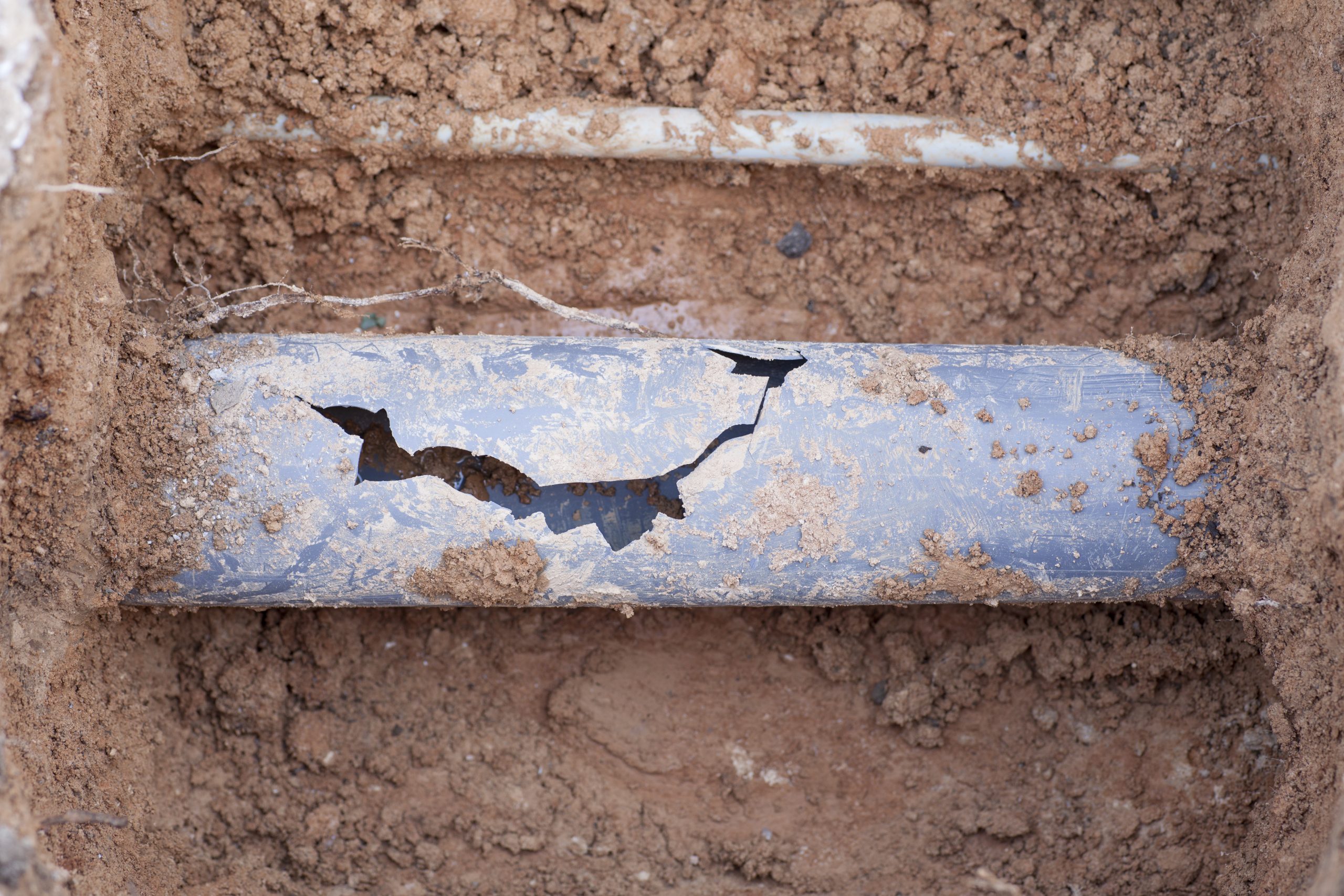 (412) 364-9114
(412) 364-9114

Intact sewer and water lines are essential to a clean and comfortable home. A sewer line backup or leak can be frustrating to deal with as a homeowner. Along with the unpleasant smell and messy cleanup of a compromised sewer pipe, it can be difficult to pinpoint the root cause of your sewage problem. Read on to learn what signs you should look out for and how sewer lines are replaced.
It’s important to know the signs of a damaged sewer system so that you can take immediate action and contact a plumbing expert. Be sure to review the list below of common signs of sewer damage.
If your sewer line springs a leak or breaks completely, you have two options: Dig a trench around the sewer pipe or do trenchless sewer line repairs.
A trenchless sewer repair is a more time and cost-effective method of replacement that most experts will recommend. To start the process, technicians use a video camera to enter into the sewer line to locate and assess the extent of the damage. Then, one of two repairs is usually recommended:
If your pipes are damaged beyond repair, you may have to resort to traditional sewer line replacement methods. These are usually extremely invasive and costly methods that require technicians to dig up your yard to reveal the damaged or broken lines.
The average homeowner needs to plan ahead for sewer line replacement costs. While it isn’t a fun way to spend money, it’s necessary to maintain a livable, safe home environment for you and your family. You typically only know how valuable well-working plumbing is once you’ve experienced a plumbing nightmare.
Sewer line replacements costs vary greatly, depending on the home’s location, age of the plumbing system, home design, type of replacement and more. There’s no cookie-cutter solution for sewer line replacement, which is why working with a trained professional is so important. Your professional should work with you to determine which replacement method is right for your home’s unique situation.
If you have a plumbing emergency, trust Terry’s Plumbing for expert installation. Contact us by phone ((412) 364-9114) or send us an inquiry online for more information about our plumbing repair and installation services.